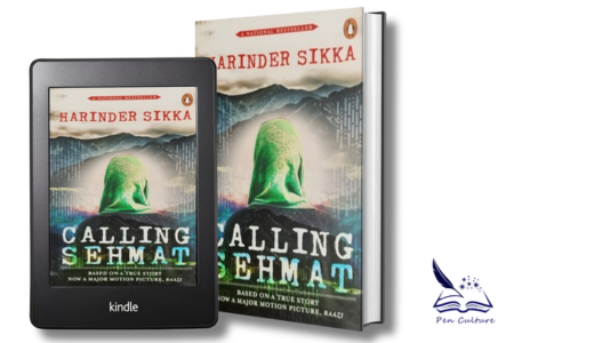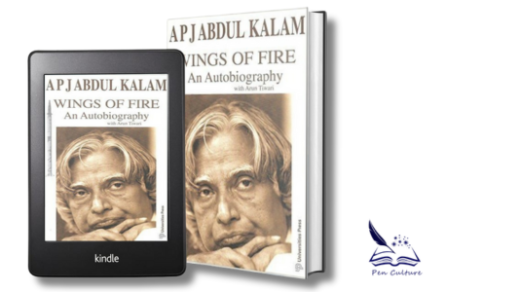Calling Sehmat by Harinder Sikka was published in 2008. It is an espionage novel based on true events during the 1971 Indo-Pak war. The story follows Sehmat, a young Indian woman. She is sent to Pakistan as a spy. She gathers critical intelligence that influences India’s military strategy. The novel, later adapted into the popular film Raazi, highlights themes of courage. It also explores sacrifice and patriotism. Sehmat navigates a dangerous mission while forming emotional bonds with her Pakistani in-laws.
Plot Summary
Sehmat Khan, raised in a patriotic Kashmiri family, is asked by her father to marry a Pakistani military officer. Her father wants her to spy for India. Despite her initial hesitation, Sehmat agrees, driven by a sense of duty and love for her country. In Pakistan, she becomes a resourceful and effective spy. She gathers vital intelligence, including details of a planned attack, and passes it on to Indian authorities. Nevertheless, the emotional toll of her double life—especially her growing attachment to her new family—leaves her deeply scarred. She plays a key role in India’s war efforts even as she struggles with her emotions.
Characters and Themes
Sehmat is portrayed as a strong and complex character. She transitions from a naive young woman to a courageous and resourceful spy. Her inner conflict—balancing her love for her country with the emotional ties she develops in Pakistan—adds depth to her character. The novel explores the themes of patriotism, sacrifice, and the moral dilemmas of war. Sehmat’s personal sacrifices create a layered and thought-provoking narrative. The emotional cost of her actions adds depth. The ethical questions surrounding espionage create further complexity.
Writing Style and Appeal
Sikka’s writing is simple and accessible. It focuses more on the events of the story. It does not delve into intricate character psychology or detailed descriptions. The brisk pace of the novel, combined with its historical authenticity, keeps readers engaged. The novel’s suspense and tension remain its strong points. This makes it appealing to fans of historical fiction, espionage thrillers, and patriotic narratives. While some emotional depth could be further explored,
Strengths
- Compelling Protagonist: Sehmat’s courage, intelligence, and emotional complexity are the novel’s core strengths, driving the narrative forward.
- Suspenseful Plot: The novel’s pacing and real-life basis create a tense, engaging story that keeps readers invested in Sehmat’s mission.
- Nuanced Portrayal of Pakistan: Sikka avoids painting Pakistan and its characters as clear-cut villains. He offers a more balanced and humanized depiction of Sehmat’s in-laws.
Weaknesses
- Simplistic Writing Style: While effective in delivering the plot, the writing lacks the depth. It also lacks the psychological insight that could elevate the emotional stakes of the story.
- Underdeveloped Emotional Exploration: Although the plot is suspenseful, the novel sometimes sacrifices emotional introspection, leaving some character arcs feeling incomplete.
Conclusion
Calling Sehmat is a gripping novel. It showcases the bravery and sacrifice of a young woman. Her espionage efforts played a crucial role in India’s wartime strategy. While the writing style may not delve deeply into psychological complexity, the novel’s suspenseful narrative is compelling. The portrayal of Sehmat’s emotional journey makes it a heartfelt read. It offers a unique look at the quiet heroism of individuals in times of war. The book appeals to readers interested in history, espionage, and patriotism.
Rating: 4/5




